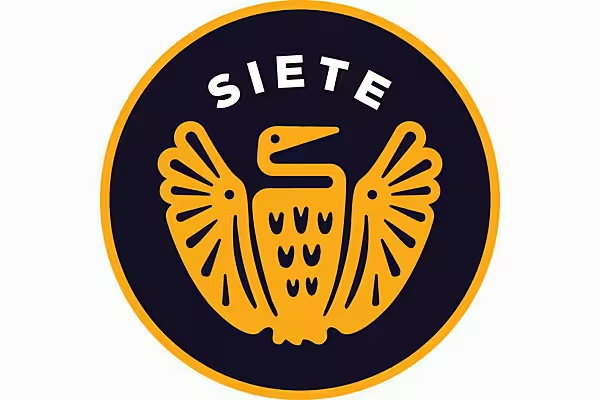The UK food and beverage sector recorded its highest level of merger and acquisition activity since 2016 in the first four months of this year, a new report from Oghma Partners has found.
According to Oghma Partners, while the volume of deals increased in the four-month period, total deal value remained low compared to the historic average.
Larger Deals 'Stifled'
Despite the recent easing of market conditions in the UK, macroeconomic headwinds continue to linger, the group said, which has 'stifled' larger transactions – just 4.7% of deals in the period were above £50 million, while there were no deals above £100 million.
As an example of the challenging conditions in the UK at present, Italian food group, Newlat, recently halted discussions relating to its acquisition of Princes.
Approximately 75% of deals had an estimated value of £10.0m or less, Oghma Partners said.
UK corporate buyers drove most of the M&A activity during the period, accounting for 79.1% of deal volume (34 deals), compared to 60.3% in the same period in 2023. This increase was accompanied by a reduction in the number of deals completed by financial and overseas buyers, who accounted for 9.3% and 11.6% of the deals, respectively.
Robust Volume
“Looking forward, we expect deal volume to remain robust and deal values to pick up gradually as market conditions improve," commented Mark Lynch, partner at Oghma Partners, noting that a low inflation rate and steady interest rates has created an environment conducive to M&A activity in the UK food and beverages sector.
"However, it might take time for deal values to pick up again to their pre-pandemic levels," he noted. "In addition to this, we anticipate divestments to be a large source of M&A activity, as companies look to refine their portfolios and carve out under-performing or non-core assets.
"On the other hand, acquisitions made by overseas buyers may take a lot longer to return as global conflicts, supply chain issues and worldwide elections taking place this year will continue to create geopolitical and economic uncertainty.”











